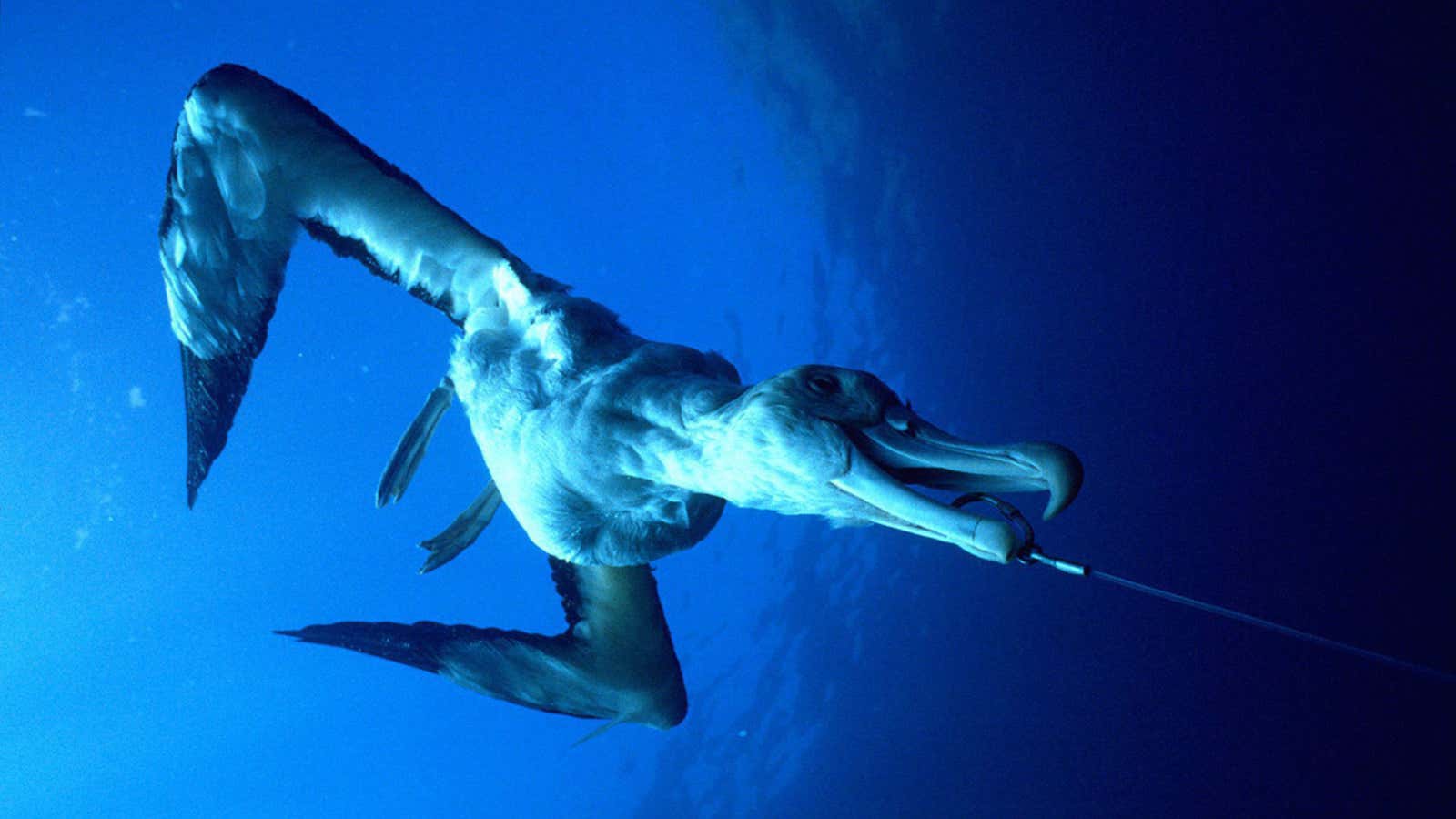After five years of debate, the Ross Sea has been declared a “marine protected area.” The southern most ocean in the world is considered the last true wilderness left on Earth. Its waters are relatively untouched by pollution and climate change, and most of its animals still live as they would have hundreds of years ago.
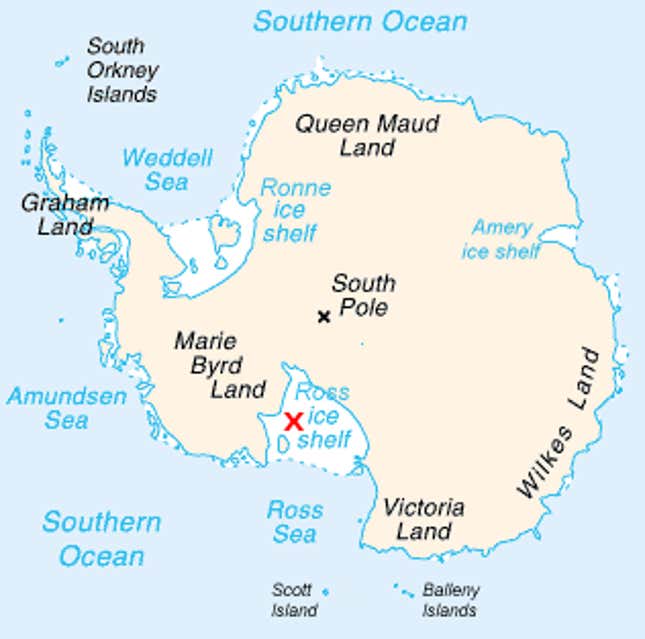
The declaration was made by the Commission for the Conservation of Antarctic Marine Living Resources, which consists of 24 countries that have an interest in Antarctica, including the US, some European countries and India. Like a protected land reserve, this decree will ensure there will be no form of fishing or mining in the 600,000 sq miles that comprise the Ross Sea (though some regulated amount of toothfish catching will be allowed).
Though Ross Sea takes up only 2% of the Southern Ocean, it is home to nearly a third of all Adelie penguins, a third of all Antarctic petrels, and 6% of the world’s Antarctic minke whale. One reason for the bounty is that ocean currents cause an upwelling of nutrients, making the sea a prime feeding ground.
The proposal succeeded in no small part due to the work of Lewis Pugh, the UN Patron for the Oceans, who undertook a series of death-defying swims in the freezing Antarctic waters to raise awareness of the amazing species that exist in and around the Ross Sea.
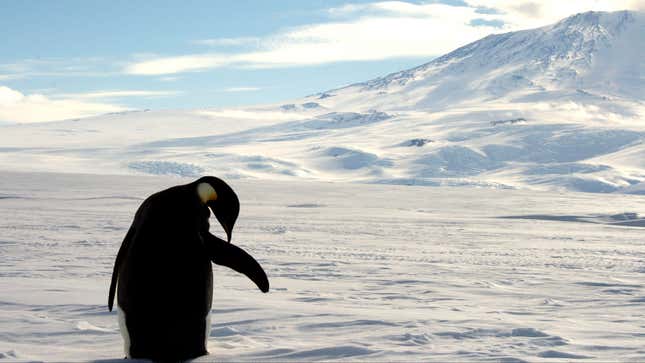
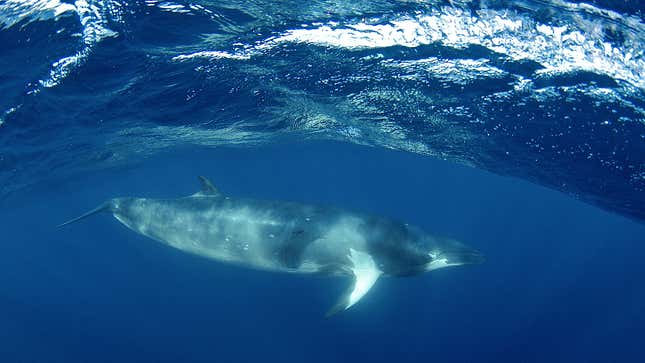
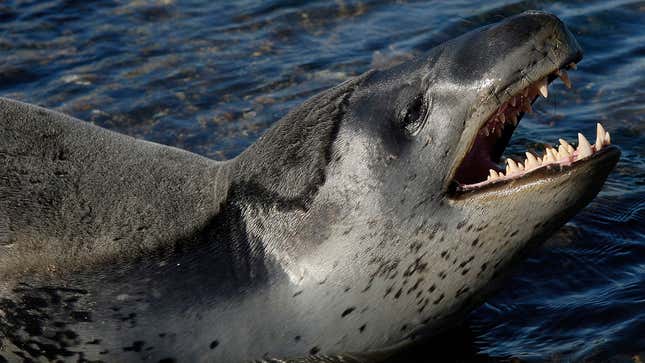
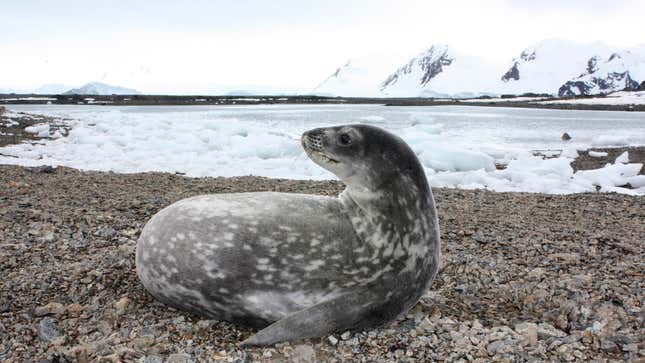
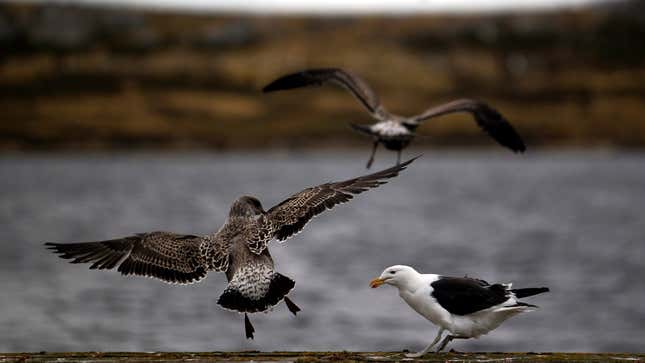
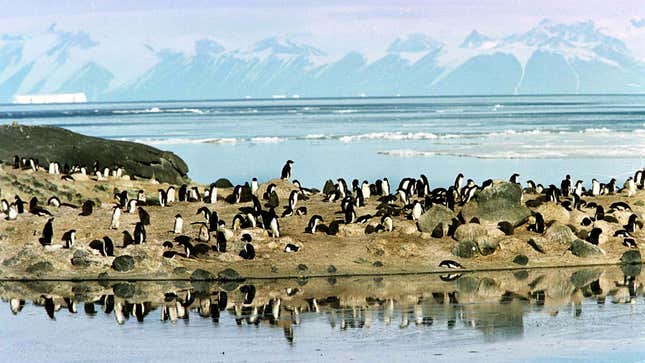
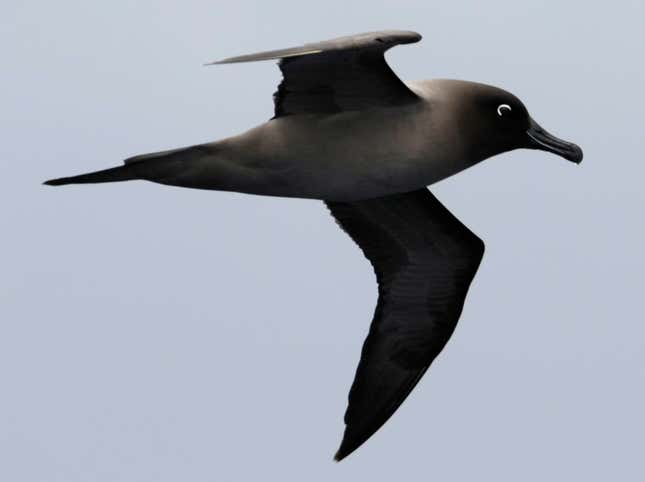
Finally, it’s worth seeing the beautiful images captured by photographer John Weller in this short documentary about the Ross Sea.
